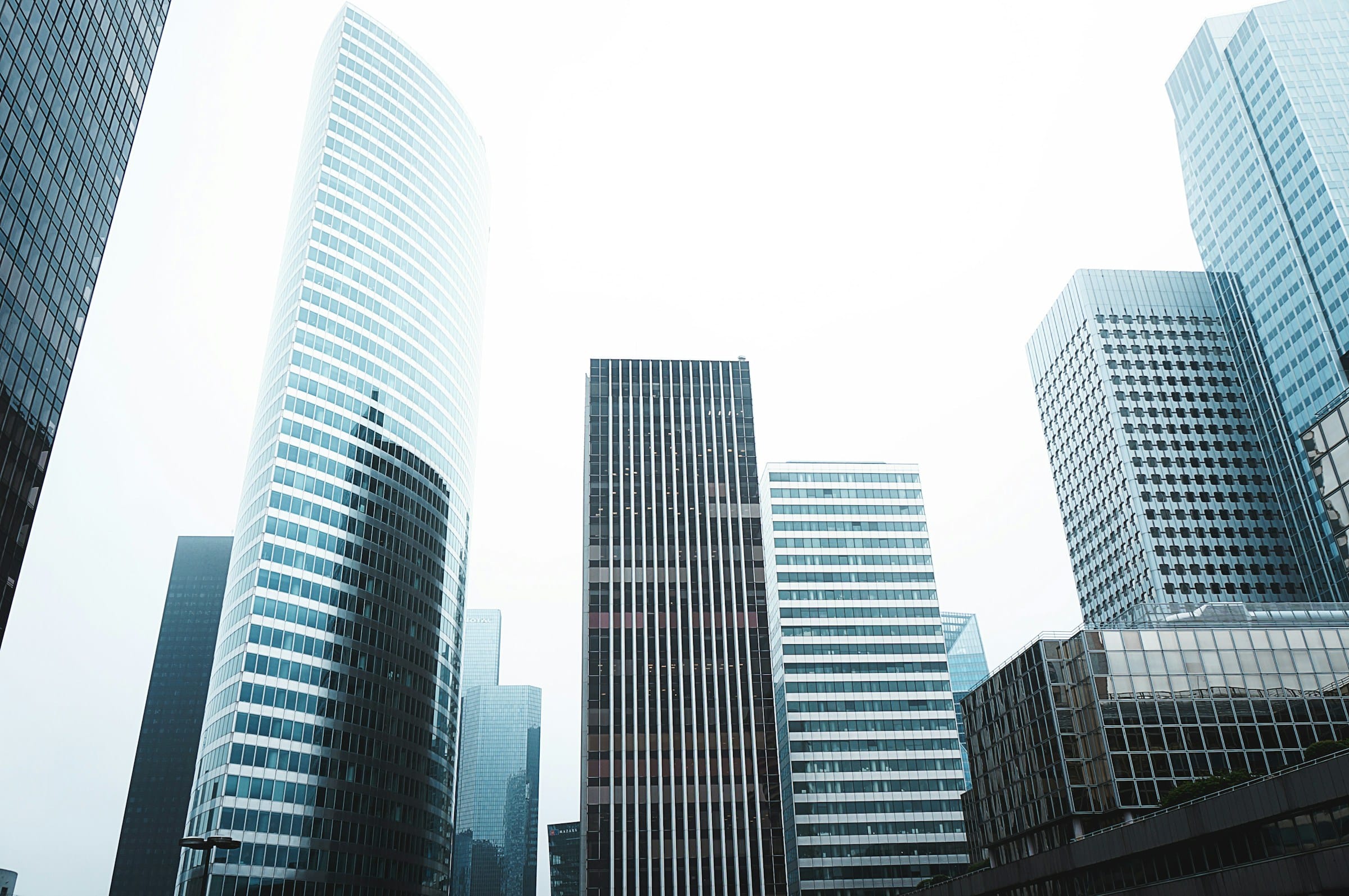What Are the Best Practices for Energy-Efficient Lighting in Real Estate Development?

As the world grapples with the stark reality of climate change and dwindling resources, the topic of energy efficiency has gained significant traction. More than ever, individuals, companies, and governments are seeking out sustainable practices to reduce energy consumption and environmental impact. A notable sector that’s felt the influence of this trend is the real estate industry. There’s a growing recognition that buildings – homes, commercial spaces, and industrial facilities alike – play a significant role in energy use. This realization has led to a surge in the application of energy-efficient technologies and practices, especially in lighting. Lighting is a key aspect of building design, and with the right approach, it can offer a range of benefits that go beyond simple cost-savings. So, what exactly are these practices? Let’s delve deeper into the world of energy-efficient lighting in real estate development.
Understanding Energy-Efficiency in Lighting
It’s important to grasp what we mean by energy-efficient lighting. Essentially, it refers to the use of lighting systems and technologies that consume less energy than traditional fixtures. But it’s not just about replacing old incandescent bulbs with compact fluorescent ones. It’s a multifaceted approach that involves the careful selection of lighting fixtures, strategic lighting design, and the use of renewable energy sources where possible.
Cela peut vous intéresser : How to design real estate projects that cater to the evolving needs of the millennial and Gen Z populations?
In the realm of real estate, energy-efficient lighting has become an integral part of sustainable development practices. It’s not only seen as a positive environmental step but also as a means of enhancing occupancy comfort and reducing operational costs. With the advancement in lighting technologies, developers have a myriad of options at their disposal.
Lighting Technologies in Energy Efficiency
Over the years, lighting technologies have evolved significantly, providing more energy-efficient options. At the forefront of these technologies are LED (Light Emitting Diodes) lights. LEDs offer significant energy savings – up to 80% compared to traditional bulbs. They also have a longer lifespan, thus reducing the need for frequent replacements.
Avez-vous vu cela : What are the best practices for developing real estate in areas with strict environmental protection laws?
Another technology that’s making a mark in the energy-efficient lighting landscape is smart lighting. These systems allow for automation and control of lighting, thus ensuring efficient use. For instance, they can be programmed to switch off lights when a room is unoccupied, or to dim lights during the day when there’s adequate natural light – actions that drastically cut down energy consumption.
Finally, solar-powered lighting systems present a renewable option for outdoor lighting in homes and commercial buildings. While the initial cost of installation might be high, the long-term savings and environmental benefits make them a worthy investment.
Design Practices for Energy-Efficient Lighting
Beyond the choice of lighting technology, the design of the lighting system plays a crucial role in energy efficiency. Here, the goal is to maximize the use of natural light and to place artificial light sources strategically.
Strategies such as daylighting involve the use of windows, skylights, and reflective surfaces to bring natural light into building interiors. Not only does this save on energy, but it also enhances the aesthetic appeal of spaces and has been shown to boost occupants’ well-being.
When it comes to artificial lighting, it’s important to consider the purpose of each space and place lighting fixtures accordingly. For instance, task lighting focuses light where it’s needed, such as over kitchen counters or office desks, thus reducing the need for overhead lighting. Similarly, accent lighting can be used to highlight architectural features or artworks, adding to the ambiance while maintaining efficiency.
Regulatory Influence on Energy-Efficient Lighting
Given the immense benefits of energy-efficient lighting, it’s no surprise that it’s increasingly being mandated by regulatory bodies. Around the world, governments are stipulating that new buildings meet certain energy efficiency standards, and lighting is often a key component of these requirements.
In the U.S., for example, the Energy Independence and Security Act of 2007 set forth new energy-efficiency standards for light bulbs, effectively phasing out the manufacture and sale of inefficient incandescent bulbs. Similarly, the European Union has enacted regulations that require new buildings to have energy performance certificates, which take into account the energy efficiency of lighting systems.
The Future of Energy-Efficient Lighting in Real Estate
Looking ahead, the push for energy-efficient lighting in the real estate industry is only set to grow. Increasing awareness about climate change, coupled with technological advancements and favorable government policies, will continue to drive this trend. The future might see the use of more advanced lighting technologies such as organic LEDs (OLEDs) and light-emitting capacitors (LECs), which promise even greater efficiency.
In conclusion, energy-efficient lighting is a vital aspect of sustainable real estate development. By embracing the right technology and design practices, and by adhering to regulatory requirements, developers can significantly reduce their properties’ energy consumption and environmental footprint. And while doing so, they can also deliver spaces that are comfortable, appealing, and cost-effective – a win-win for all.
Incorporating Renewable Energy in Lighting
Renewable energy is another crucial element in achieving energy-efficient lighting. Solar energy, in particular, has become a popular choice in real estate development. This form of energy is not only sustainable, but it also offers significant cost savings in the long run.
Solar-powered outdoor lighting, for example, is increasingly being used in residential and commercial properties. These lighting systems harness the power of the sun to produce light, significantly cutting down on electricity use. Although the initial cost of installing solar-powered lighting may be high, the long-term benefits, such as lower utility bills and reduced environmental impact, make it a worthwhile investment.
In addition to solar power, wind energy can also be used to power lighting systems. Wind turbines can be installed on rooftops of buildings to generate electricity, which can then be used for lighting. While this technology is still in its nascent stages, it shows promising potential in contributing to energy-efficient lighting.
Key Takeaways for Real Estate Developers
For real estate developers looking to adopt energy-efficient lighting practices, there are several key takeaways from this article. Firstly, energy-efficient lighting is not just about selecting the right light bulbs, but also about the design and placement of light fixtures, and the use of renewable energy sources.
LED lights are a clear choice for energy-efficient lighting, offering significant energy savings and a longer lifespan compared to traditional bulbs. Smart lighting systems, on the other hand, provide an added layer of efficiency by automating and controlling lighting based on occupancy and time of day.
Design strategies such as daylighting and task lighting can maximize the use of natural light and reduce the need for artificial lighting. These strategies not only save energy but also enhance the comfort and appeal of spaces.
Finally, renewable energy sources like solar and wind power are becoming increasingly viable for powering lighting systems, offering long-term cost savings and sustainability benefits.
Conclusion
In conclusion, energy-efficient lighting is a critical component of sustainable real estate development. It offers numerous benefits, including reduced energy consumption, lower operational costs, and enhanced occupant comfort. As such, it is no surprise that energy-efficient lighting is gaining traction in the real estate industry.
Moving forward, the role of energy-efficient lighting in real estate development is likely to grow even more prominent. With technological advancements, favorable government policies, and increased awareness about climate change, the future of energy-efficient lighting looks promising. By embracing these sustainable practices, real estate developers can play a pivotal role in mitigating the environmental impact of buildings, while also delivering efficient homes and commercial spaces that are appealing and cost-effective. Truly, it’s a win-win scenario – for the environment, the developers, and the occupants.
